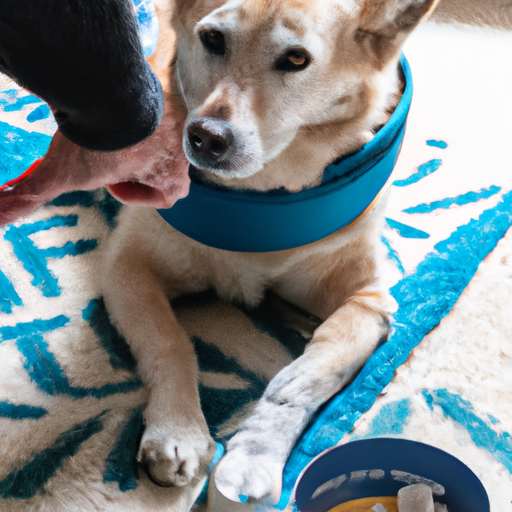Understanding Arthritis in Dogs
Arthritis is a common ailment in dogs, especially as they age. It is a progressive disease, which means it gets worse over time, especially without proper treatment. You, as a caregiver, can make a significant difference in your dog’s comfort level and quality of life by understanding what arthritis is, recognizing the signs, and taking proactive steps to help manage the condition.
Arthritis, in simple terms, is inflammation of the joints. This inflammation can lead to pain, stiffness, and a reduced range of motion. It’s often the result of the wear-and-tear your dog’s body undergoes over the years, but can also be due to injuries or genetic predisposition.
Recognizing the Signs of Arthritis in Dogs
As a caregiver, you are in the best position to notice changes in your dog’s behavior or physical condition that might indicate arthritis:
- Difficulty moving: You might notice that your dog hesitates before jumping up on a couch or going up stairs.
- Changes in behavior: Dogs with arthritis may become irritable or depressed, and may decrease their level of activity.
- Physical changes: You might notice a change in your dog’s posture, a limp, or swelling in a joint.
If you notice any of these signs, it’s important to take your dog to the vet for a thorough examination.
Treatment Options for Dogs with Arthritis
There are several ways you can help your dog if they’re suffering from arthritis.
- Medications: Your vet might prescribe non-steroidal anti-inflammatory drugs (NSAIDs) or other pain relievers.
- Supplements: Some supplements, like glucosamine and chondroitin, can help support joint health.
- Physical therapy: Exercises designed to improve joint mobility can often help.
| Treatment | Description |
|---|---|
| Medications | Alleviate pain and reduce inflammation |
| Supplements | Support joint health |
| Physical therapy | Improve joint mobility |
Lifestyle Changes to Assist Dogs with Arthritis
In addition to medical treatments, there are several lifestyle changes you can make to help your dog:
- Maintain a healthy weight: Extra weight puts additional stress on the joints.
- Provide a comfortable sleeping area: An orthopedic bed can provide extra support for your dog’s joints.
- Limit high-impact activities: Jumping and running can be hard on the joints.
Helping Your Dog Cope with Arthritis
Remember, arthritis is a chronic condition, so it’s important to be patient and supportive. Make sure your dog gets plenty of rest, provide them with a diet that supports joint health, and give them lots of love and attention.
FAQ
Q: Can arthritis in dogs be cured?
A: Arthritis is a chronic condition and while it can’t be cured, it can be managed effectively with proper treatment and lifestyle changes.
Q: How can I help my dog lose weight?
A: Regular, gentle exercise and a healthy diet can help your dog maintain a healthy weight.
Q: What kind of diet is best for a dog with arthritis?
A: A diet high in Omega-3 fatty acids can help reduce inflammation, and supplements like glucosamine and chondroitin can support joint health.
Q: How can I make my home more comfortable for my arthritic dog?
A: Provide soft bedding, raise food and water dishes to a comfortable level, and use ramps to help your dog navigate stairs.



